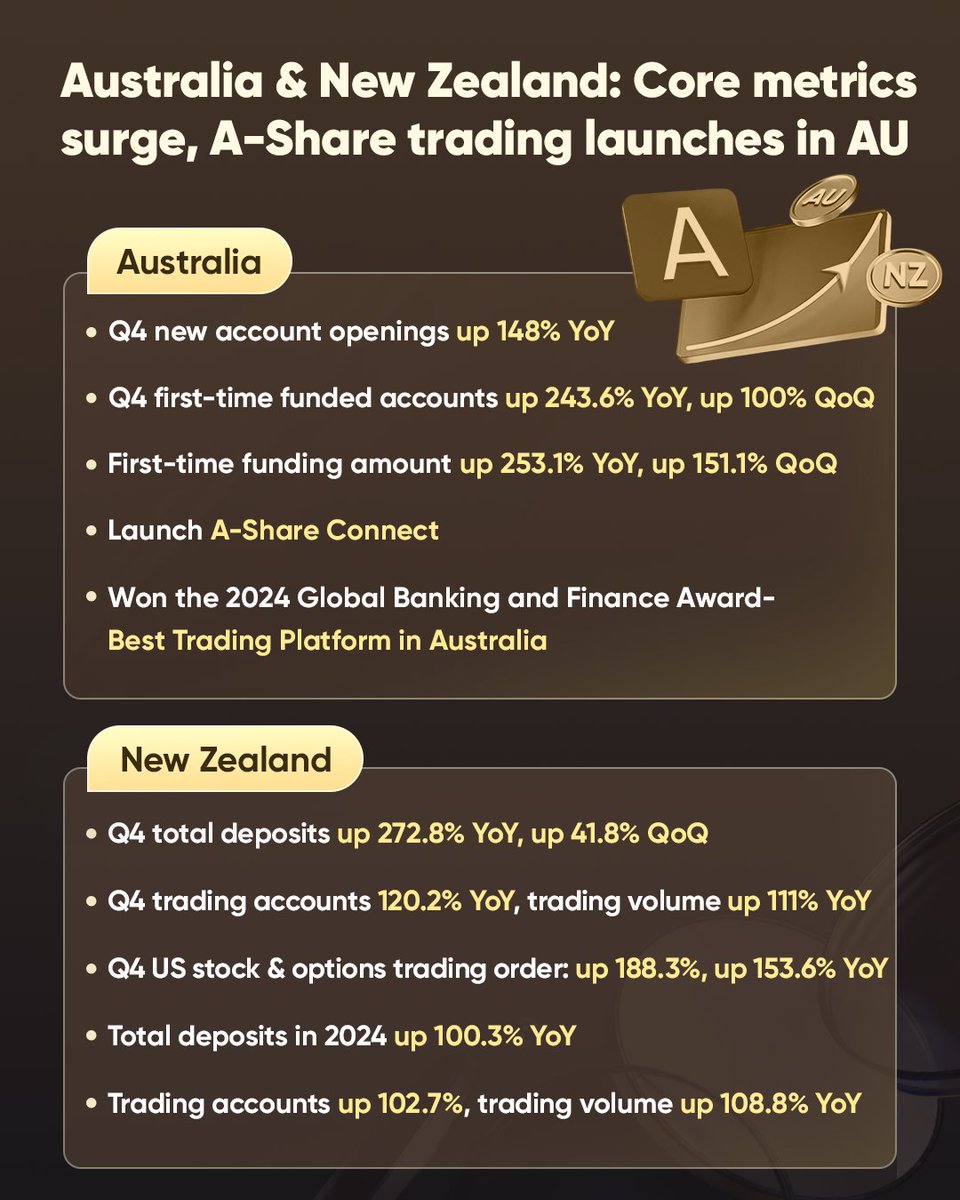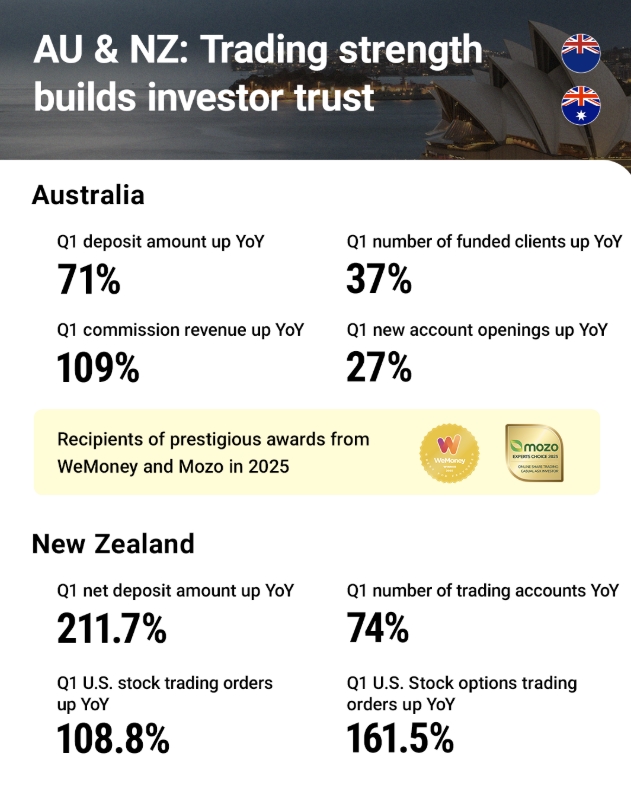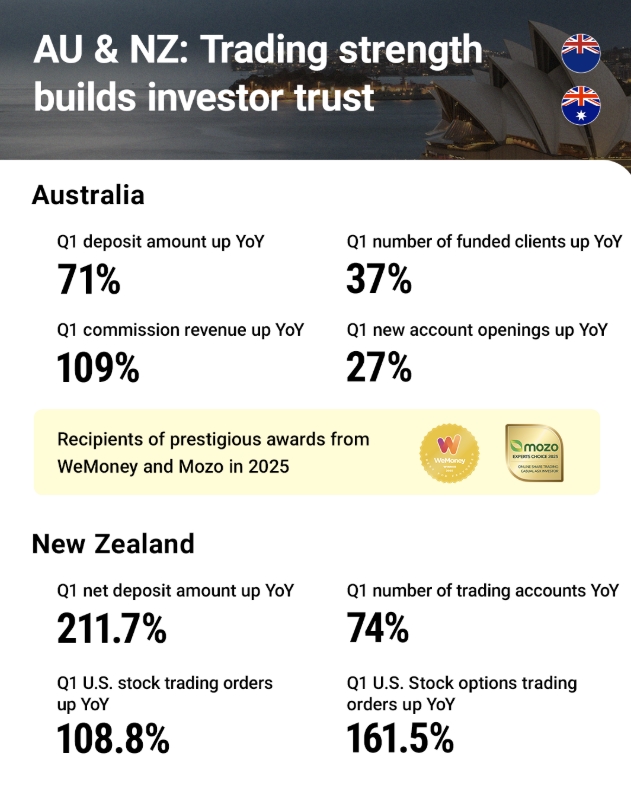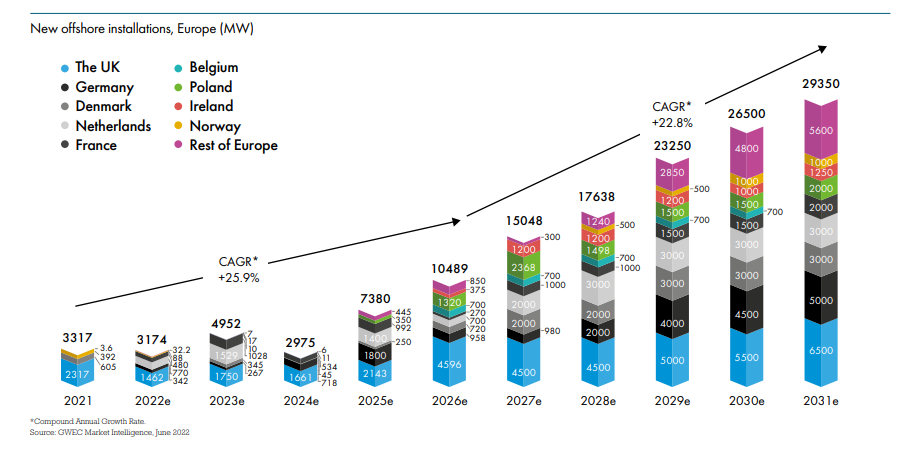EU's "Green Deal" är en mission att göra Europa klimatneutralt till 2050. Detta kommer uppnås av regleringar, förbud, subventioner, avdrag och andra riktade åtgärder.
(1/20)
(1/20)
Ett betydande verktyg för att uppnå "Green Deal" kommer att vara "EU Taxonomy"; ett klassificeringsramverk i syfte att identifiera ekonomiska aktiviteter och investeringar utefter dess grad av hållbarhet. 

Ett annat syfte med EU Taxonomy är att motverka s.k. Greenwashing. Har du märkt att nästan varenda fond, företag och fastighetsbolag är ESG idag?
Framöver kommer det bli lättare att screena efterlevnad och grad av hållbarhet, utöver landsgränser, då vi har samma ramverk.
Framöver kommer det bli lättare att screena efterlevnad och grad av hållbarhet, utöver landsgränser, då vi har samma ramverk.

Bank of America rapporterar att 4 av 5 i Gen-Z (+2 miljarder människor) lägger in ESG i deras ekonomiska beslut.
Vi kan skämta om "ESG flöden", men ESG-bolag kommer få en svindlande överhand i fondflöden, skatteincitament, finansieringskostnad - med mera.
Vi kan skämta om "ESG flöden", men ESG-bolag kommer få en svindlande överhand i fondflöden, skatteincitament, finansieringskostnad - med mera.

• • •
Missing some Tweet in this thread? You can try to
force a refresh

























